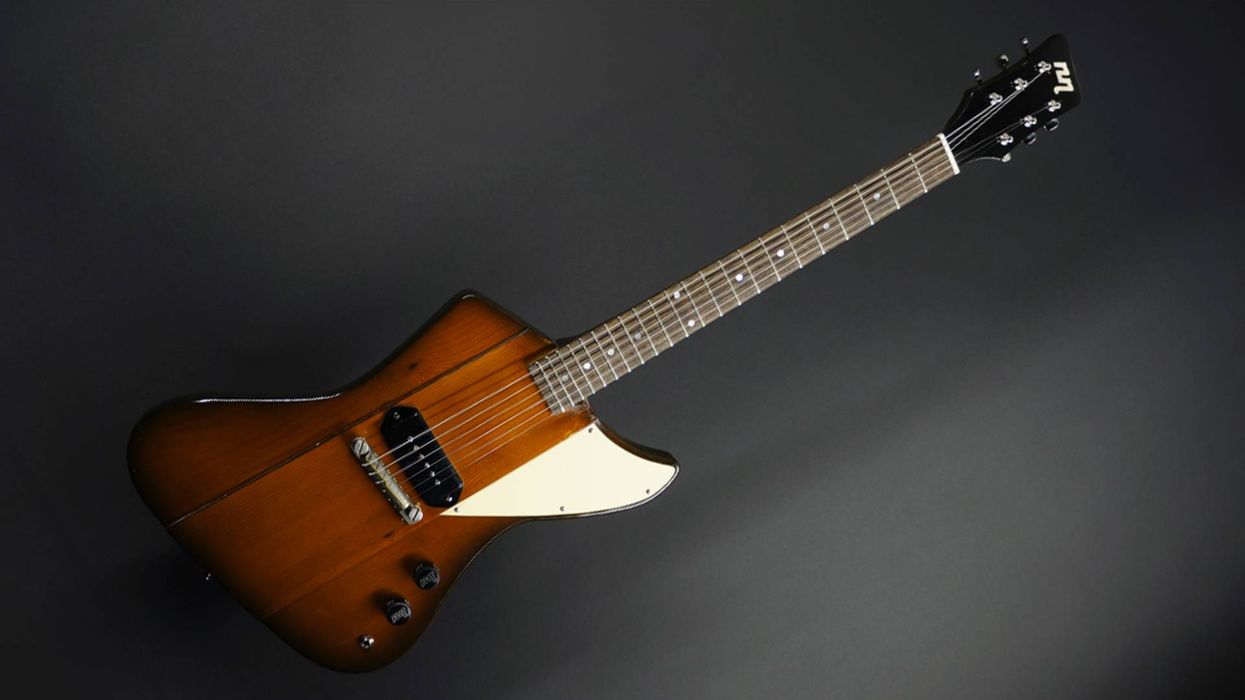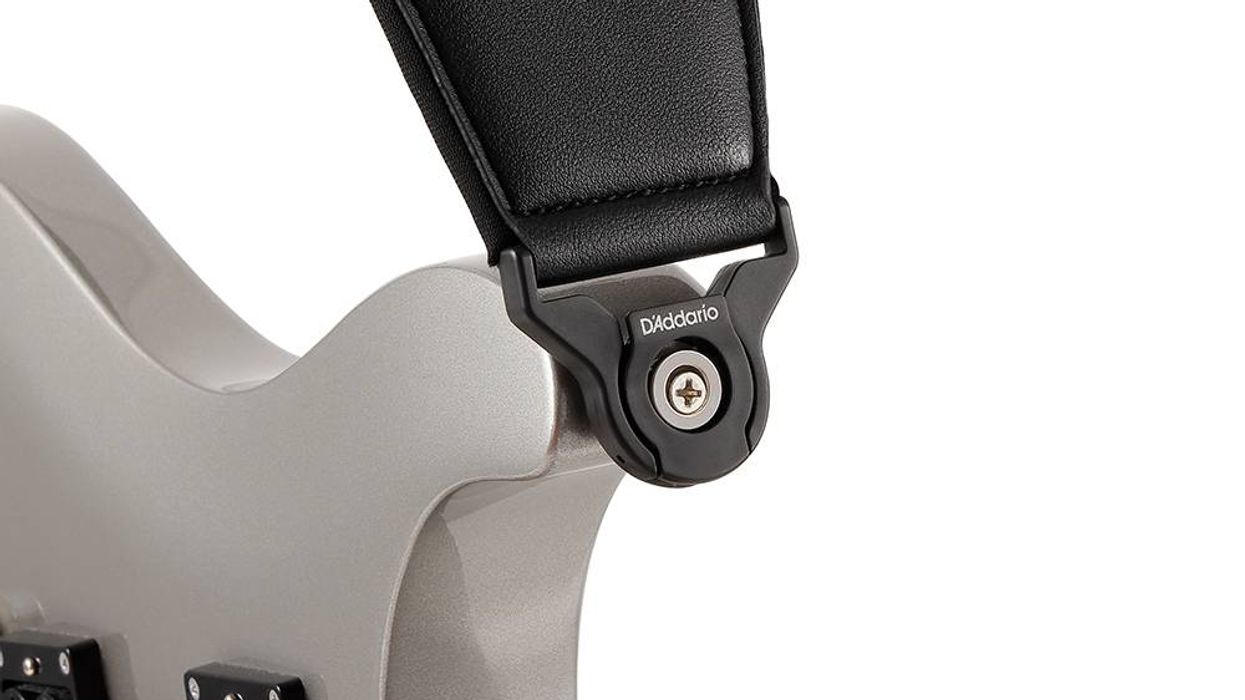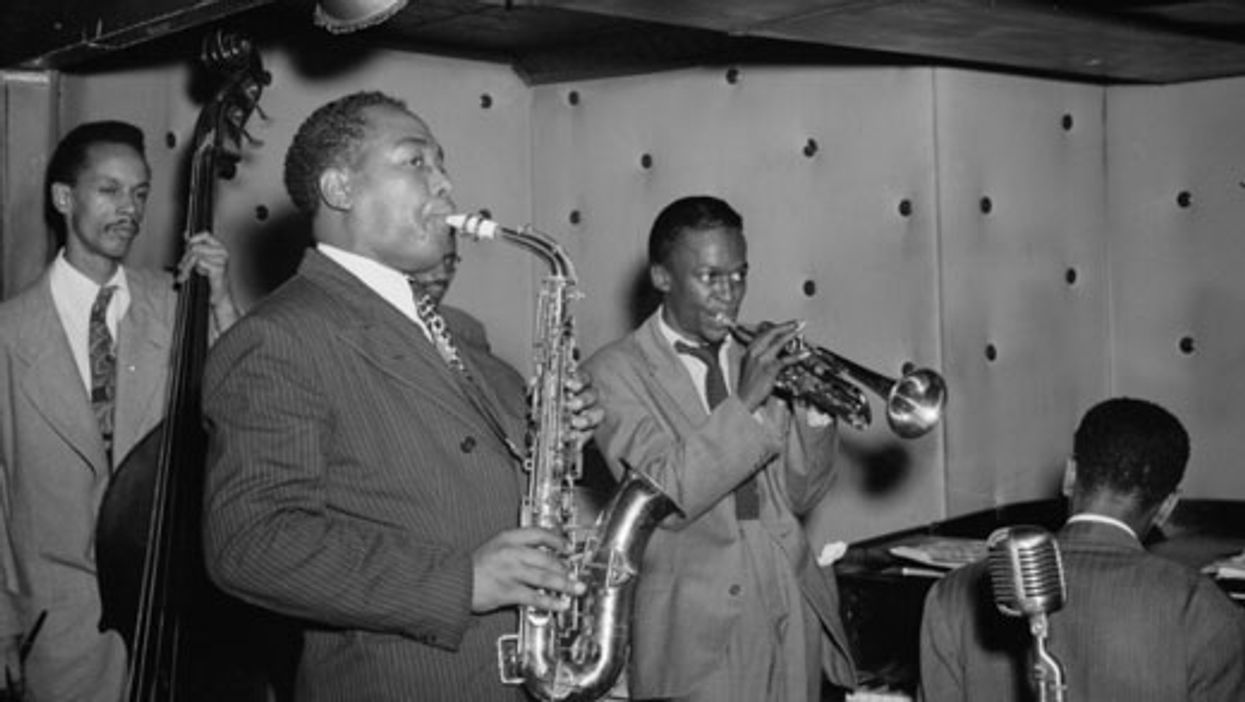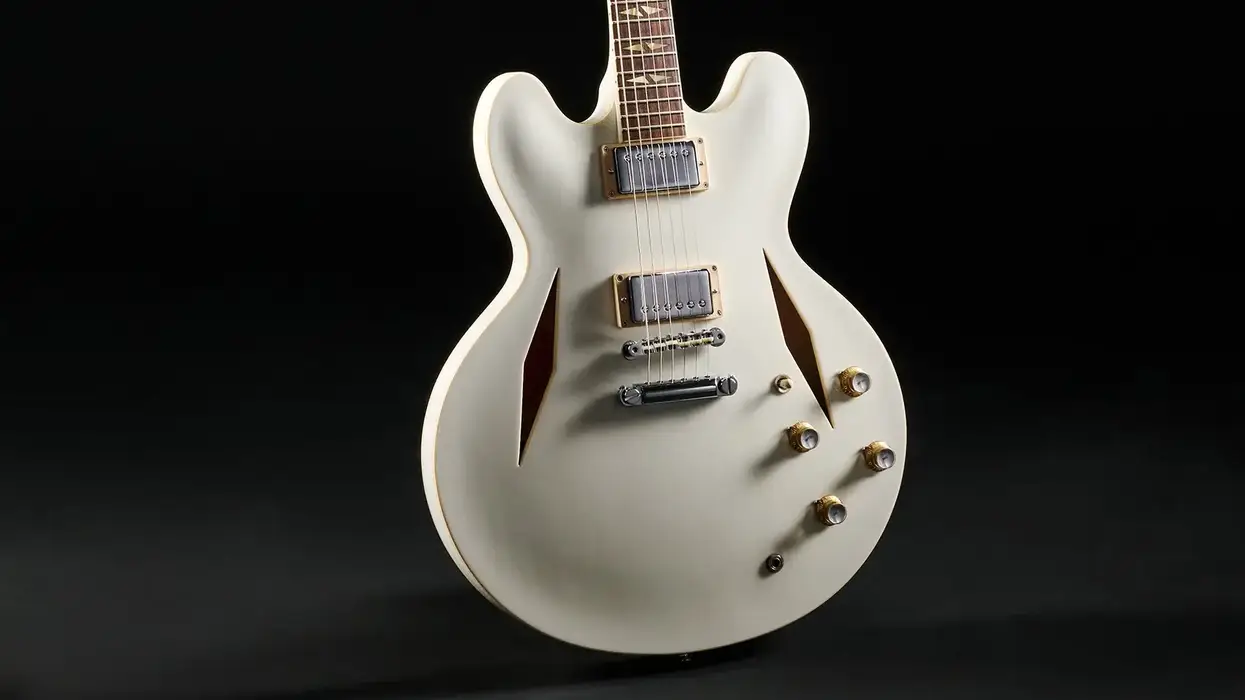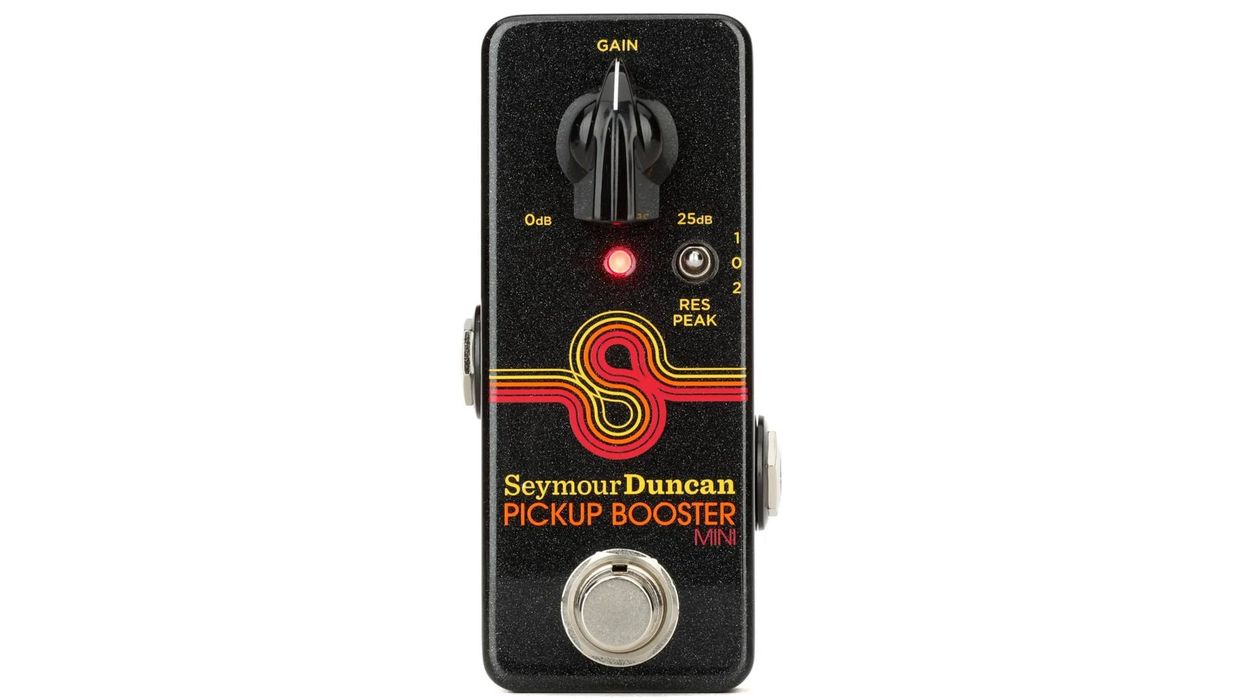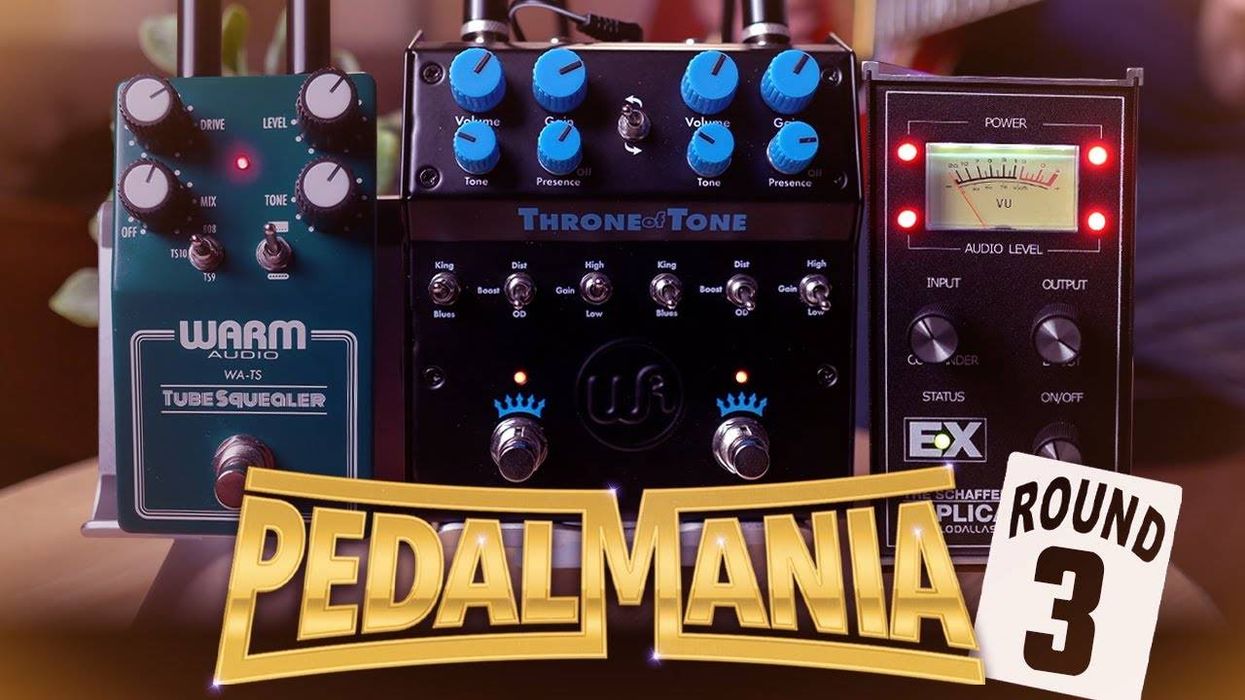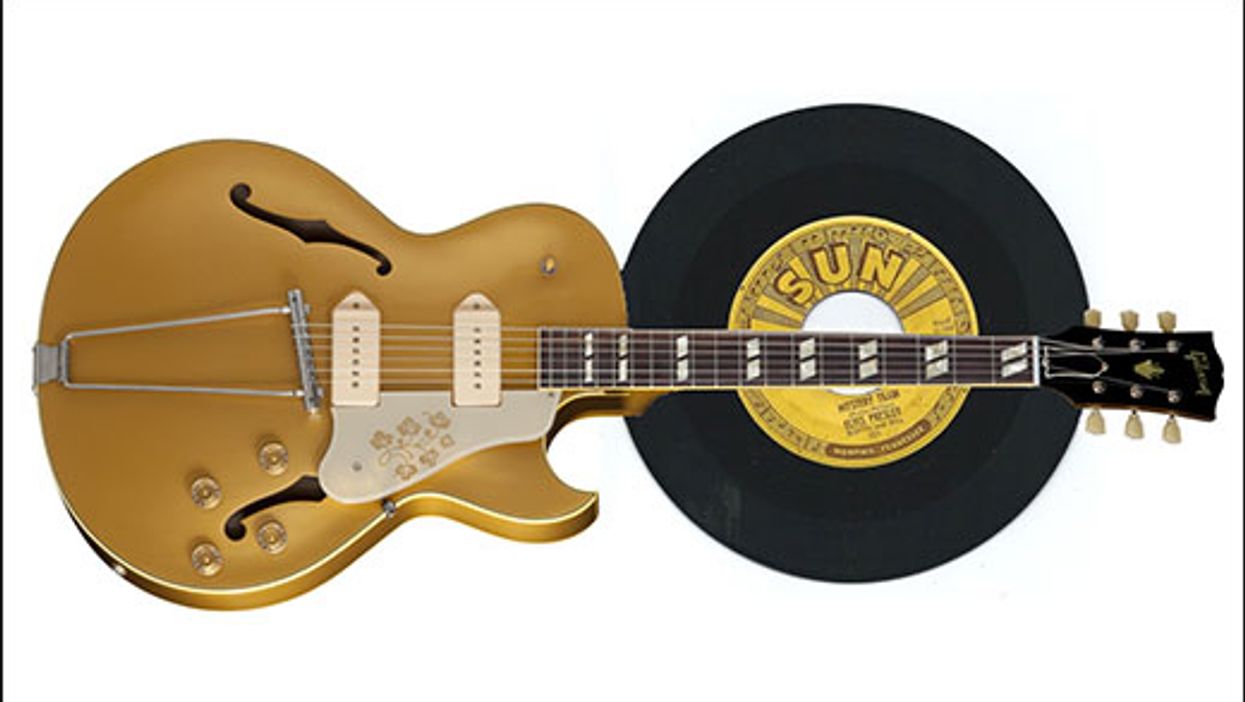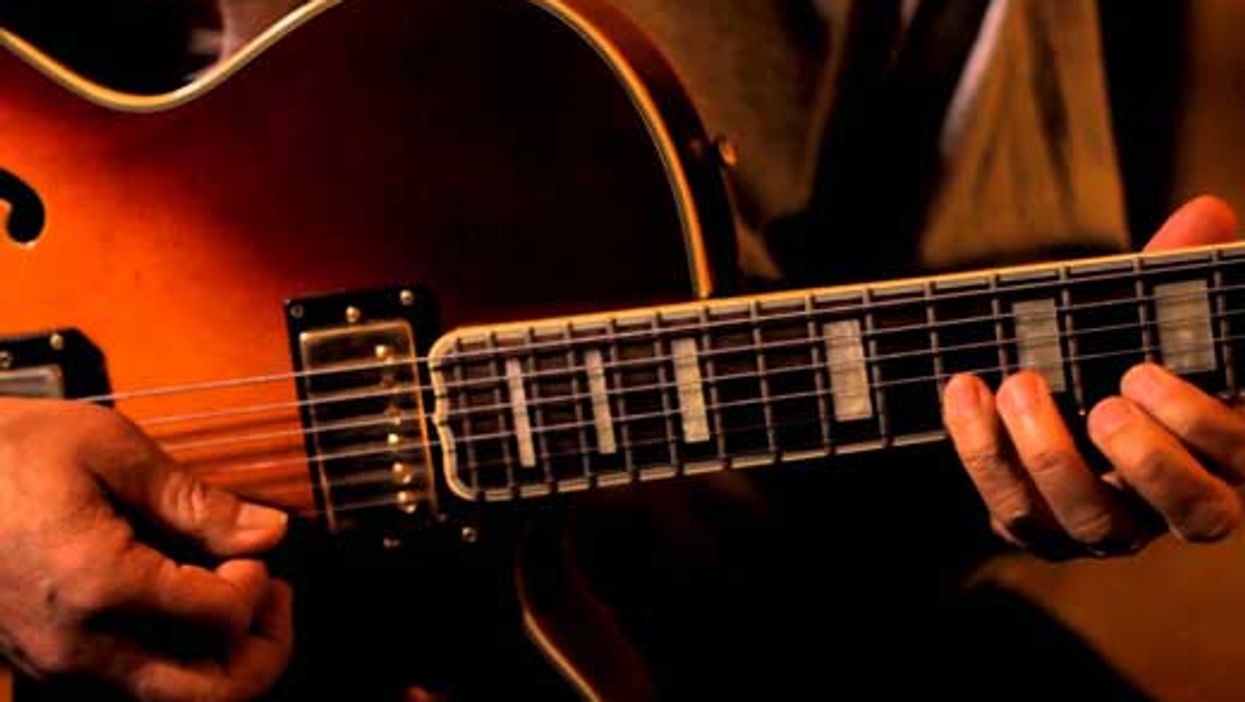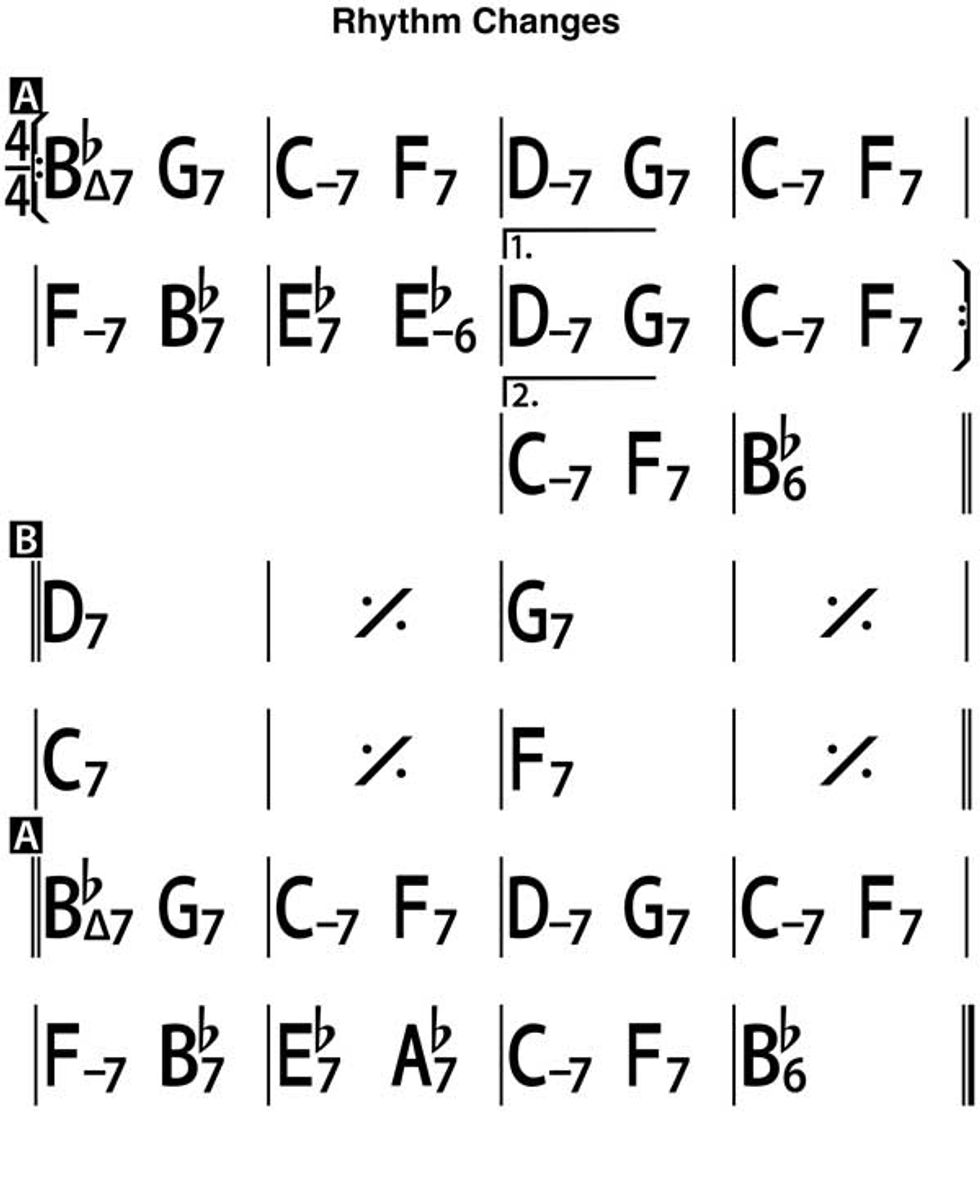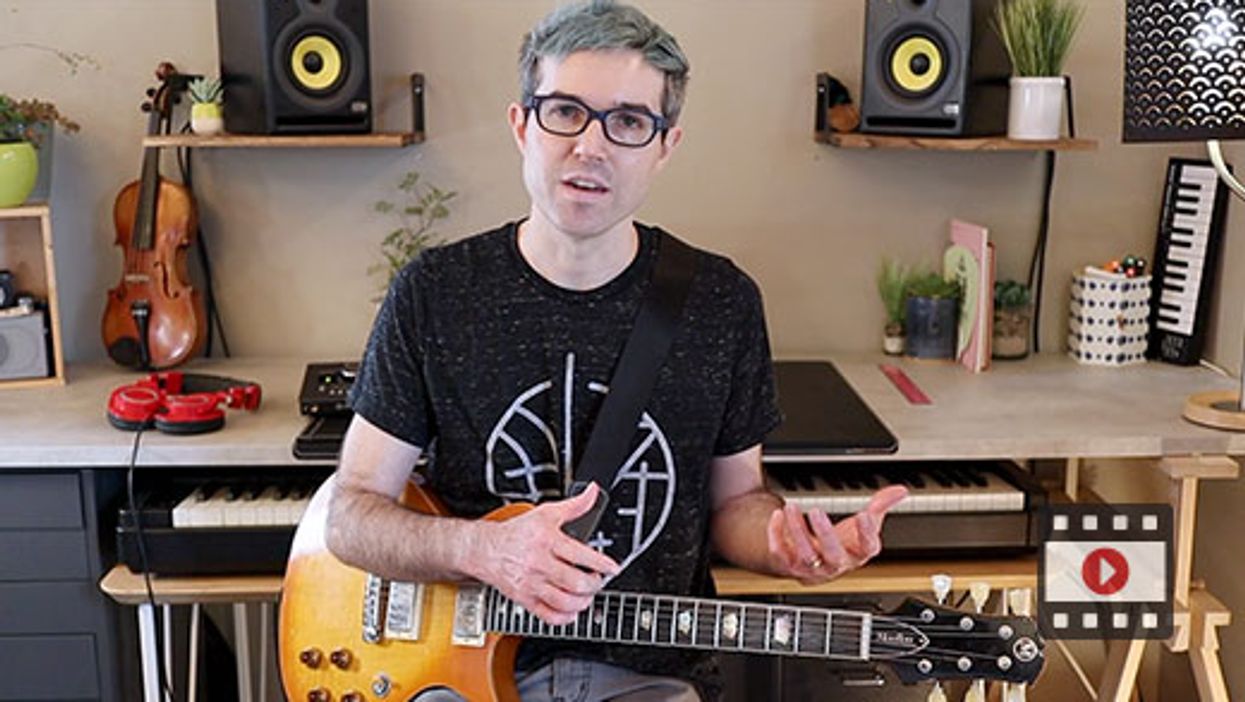Chops: Intermediate
Theory: Advanced Beginner
Lesson Overview:
• Learn how to use inversions to
create motion in your comping.
• Play Freddie Green-inspired
voicings over a blues
progression.
• Create soulful rhythm sounds
using 6th and 9th chords.
Here are the facts: Most guitarists have a very limited amount of chordal material to play when it comes to comping a blues progression. Once all the power chords, barre chords, a few strum patterns, and open chords are used up, most guitarists are tapped out.
On one hand it’s really a blessing. Pretty much every guitarist can play some kind of blues and be somewhat convincing in a couple of styles. But on the other hand, it’s a shame that all these cats are playing the blues with the same ideas and same sound. Very little changes other than the lyrics and maybe the tempo. Due to how the piano is laid out and how it is taught, it seems that pianists generally move around and develop harmonic ideas more easily than the average guitarist. However, the big-dog guitar players have a plethora of great ideas to keep this 12-bar form interesting and unique, while making profound artistic statements. In this lesson, I’ll provide a few harmonic “moves” that will help you at your next jam, gig, or writing session.
Let’s start with Fig. 1, which has a boogie-woogie feel. In this example, we are using two voicings, one on strings 6–4–3 and the other on strings 5–3–2. The first voicing is a traditional “four-to-the-bar” voicing that a lot of guitarists use when playing swing music. You might have heard these called “Freddie Green” voicings, since he used them constantly when playing in the Count Basie band. In order to create some motion we add a few chord inversions. Don’t be scared by some of the “theory” talk, an inversion is simply a different order of a group of chord tones. Easy, right?
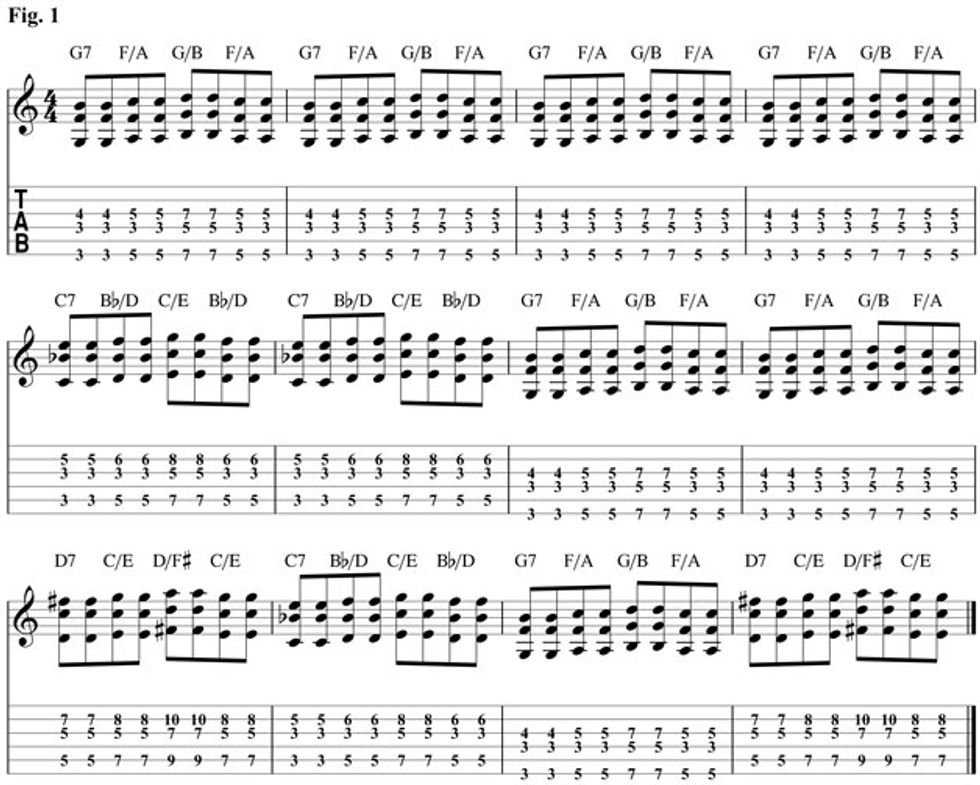
In the key of G, the chords we’ll use are G7, F/A, and G/B. The latter two chords are called slash chords. In a slash chord, the left side usually indicates a triad and the right side tells us what bass note to use. We then transpose these shapes up to cover the IV chord (C7) and the V chord (D7). It’s important to play this with a very hard swing feel—like a triplet with the first two notes tied together.
Fig. 2 is another short little move that is related to the previous style. It works well when connecting the I chord to the IV chord, as in measure 1 or measure 5. Check out Fig. 3 to see how this lies on strings 5–3–2.
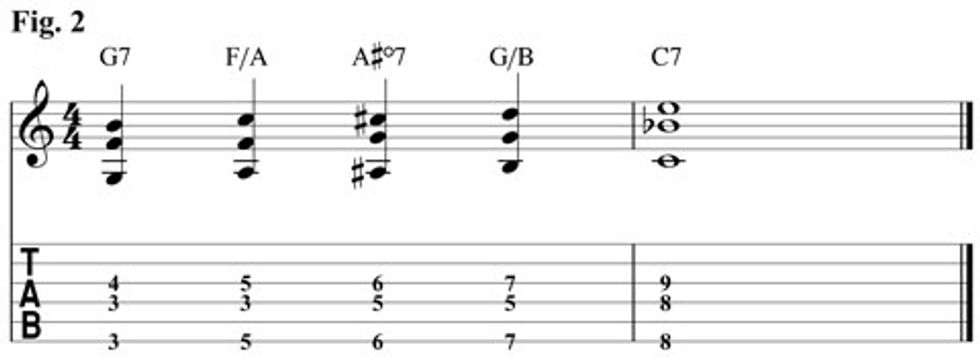

We use some close-voiced 9th chords in Fig. 4. Think of this over a straight eighth-note feel, like you might hear on some ECM records. In each measure we go between a rootless 9th chord and suspended 9th chord. Often, I use my thumb to grab the bass notes.
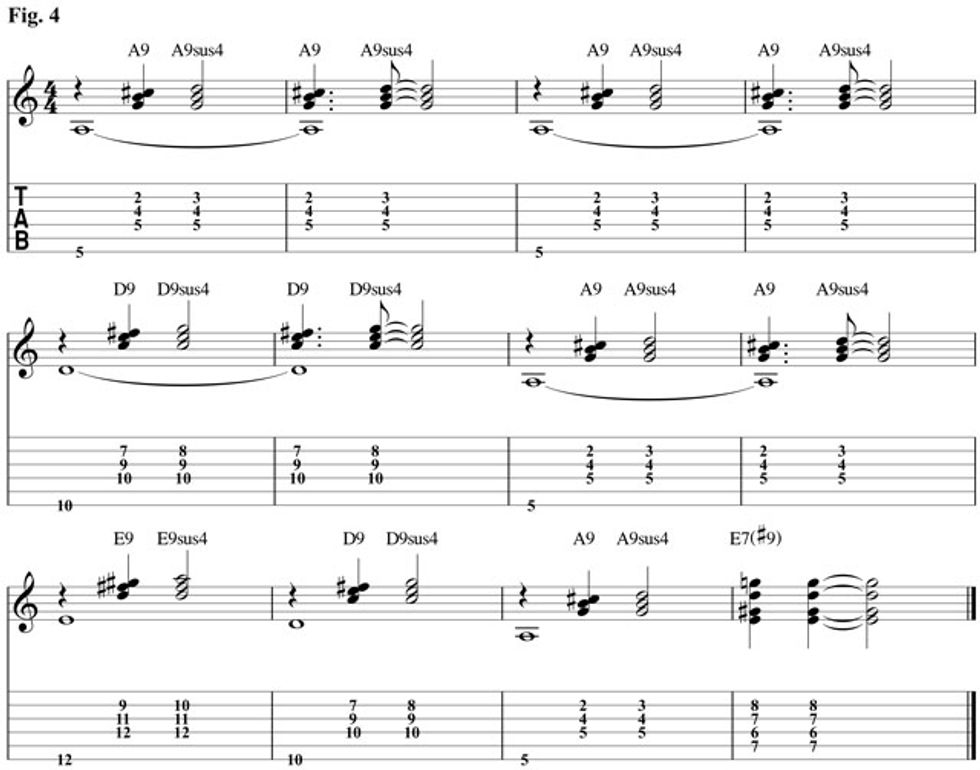
Things get a little sweeter sounding in Fig. 5. This slow blues in the key of G is great for backing up vocalists. We can think of the partial chords in a few different ways, but the easiest is to consider it as a move from a 6th chord to a 9th chord. The top notes create an interesting countermelody—contrasting the melody coming from the soloist or vocalist—and generate some harmonic motion.
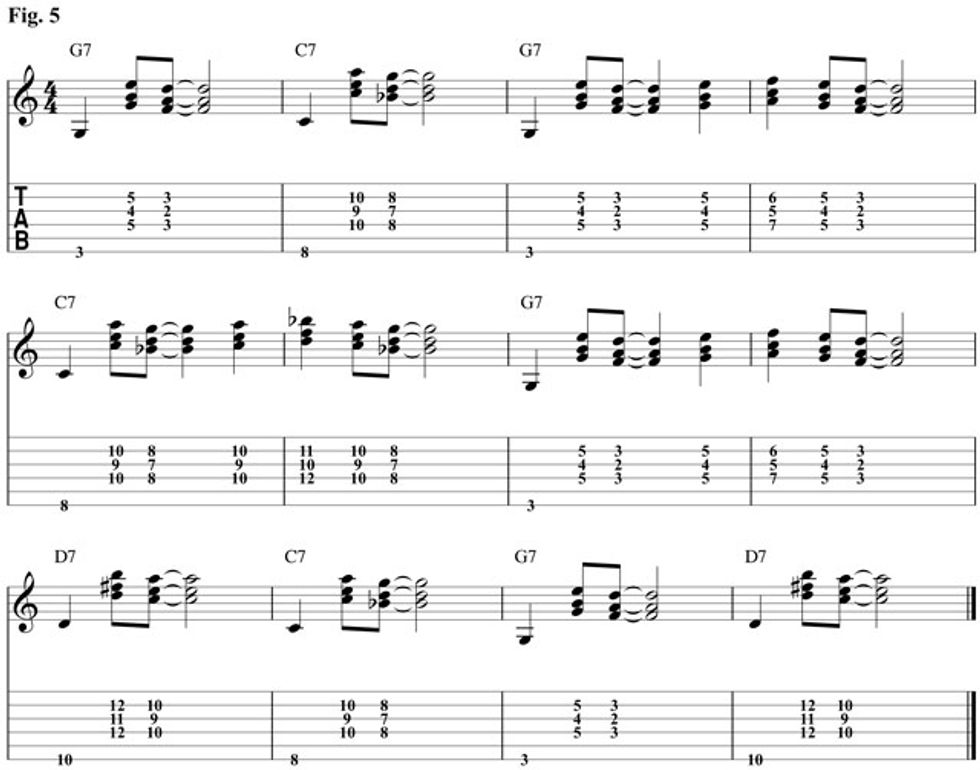
Hopefully these examples will not only give you some stock “moves” you can use over a blues, but will also inspire you to come up with some ideas of your own. A quick way to know you have these examples down is to play them in other keys or grooves—even other time signatures.
There’s really no substitute for being inspired by the great guitarists who came before us. Anytime I feel like I’m in a rut, I turn to recordings by artists I admire and steal from them. The process of transcription will give you more ideas, provide a gateway to originality, and sharpen your ears.
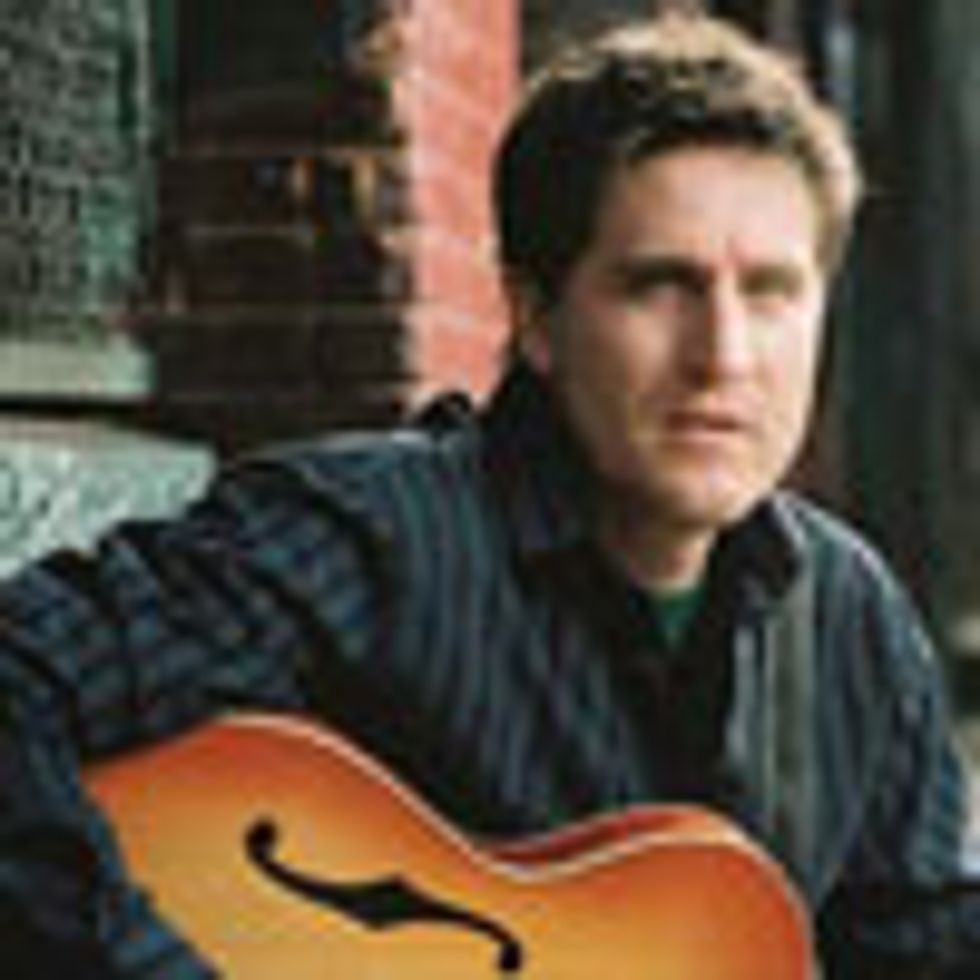 Corey Christiansen a former senior editor and
guitar clinician for Mel Bay Publications, is
known for his fluid jazz improvisation and
instructional chops. He teaches full-time at
Utah State University and is an Artist-in-Residence at the Jacobs School of Music in
Bloomington, Indiana, the Atlanta Institute
of Music, and the Broadway Music School.
To learn more about his CDs and DVD, and
see his current workshop and performance
schedule, visit coreychristiansen.com.
Corey Christiansen a former senior editor and
guitar clinician for Mel Bay Publications, is
known for his fluid jazz improvisation and
instructional chops. He teaches full-time at
Utah State University and is an Artist-in-Residence at the Jacobs School of Music in
Bloomington, Indiana, the Atlanta Institute
of Music, and the Broadway Music School.
To learn more about his CDs and DVD, and
see his current workshop and performance
schedule, visit coreychristiansen.com.

